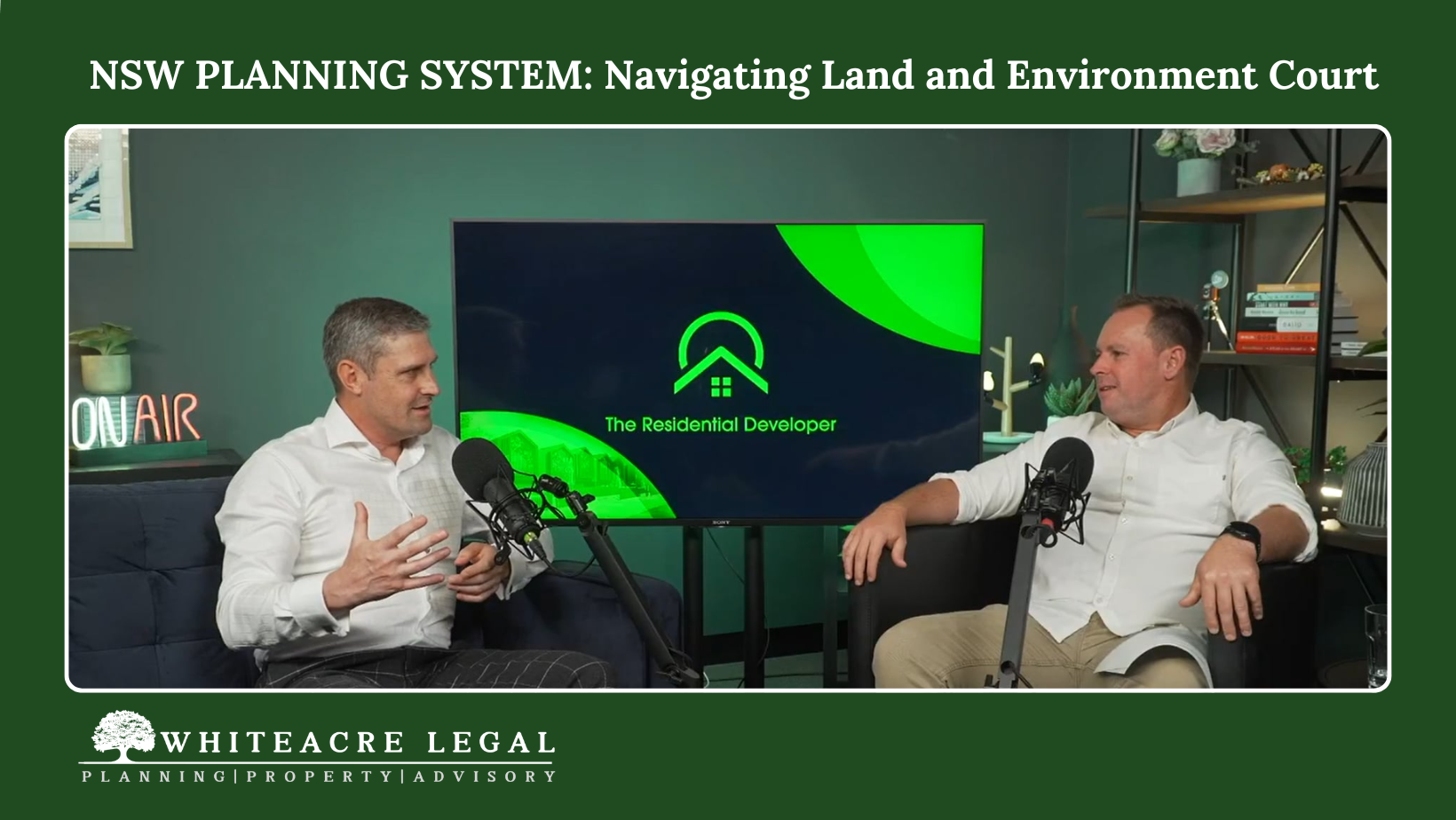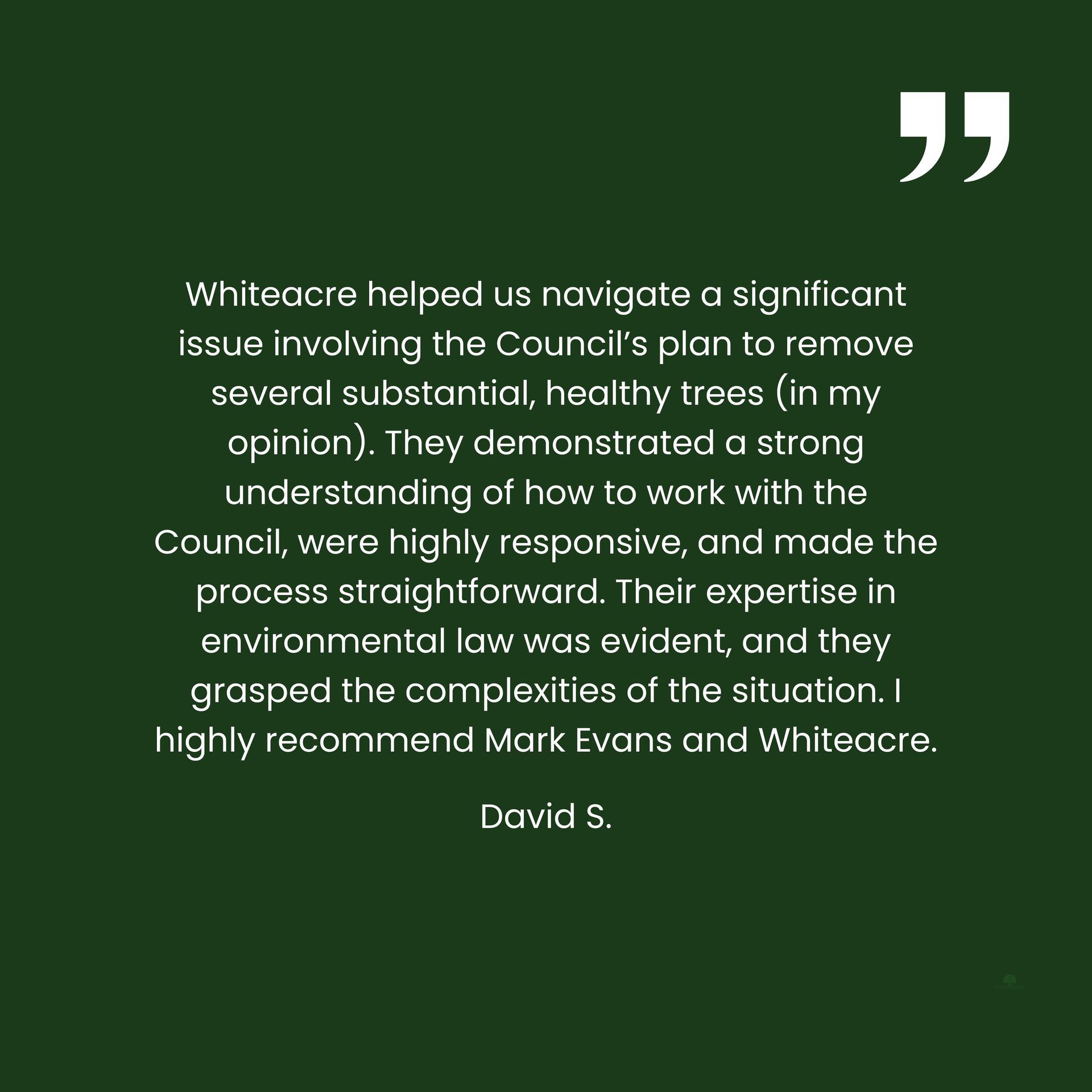Understanding road closures by local councils in NSW and the appeal process
This article provides a summary of the legislative framework governing the closure of public roads and the subsequent vesting of land, as well as the rights of affected individuals to appeal closure decisions in New South Wales.
The following flowchart provides an overview of the process in NSW.

Does the local council own the road?
The first thing to determine is whether the local council is the owner of the road. The Department of Crown Lands, the Transport for NSW and local councils have pretty good records of the roads they own and are responsible for.
Section 145 of the Roads Act 1993 (Roads Act) provides the hierarchy of ownership:
145 Roads authorities own public roads
(1) All freeways are vested in fee simple in TfNSW.
(2) All Crown roads are vested in fee simple in the Crown as crown land.
(3) All public roads within a local government area (other than freeways and Crown roads) are vested in fee simple in the appropriate roads authority.
(4) All public roads outside a local government area (other than freeways and Crown roads) are vested in fee simple in the Crown as crown land.
In this article we are focusing on (3) - public roads within a local government area “vested in fee simple” in the local council. “Vested in fee simple” means the local council is the owner of the freehold interest in the road.
Having determined that the local council owns the road, we can now turn to the process of how it might close the road.
Legal Provisions for Road Closure
The process for road closure is set out in sections 38A to 38F of the Roads Act grouped under the heading “Closing of Roads”. The local council must be satisfied that the road is no longer required for public use, and that its closure will not compromise connectivity or reasonable land access for nearby landowners. A careful balancing of public interest and practical need is required before any closure process is initiated and the local council proposes to close the road.
Initiating the Road Closure Process
Having determined that the road is suitable for closure, the local council must propose to close the public road. Normally this involves council members considering the road closure at a council meeting and passing a resolution to close the road in question.
A local council that is proposing to close a public road must notify the public and relevant authorities. A proposal for closure is advertised, usually in local newspapers and via direct notification to adjoining landowners, relevant authorities, and other stakeholders.
There is a minimum period—typically set at 28 days—for the public and authorities to make submissions or objections regarding the proposed closure.
Objections, Submissions, and Council Determination
During the consultation window, anyone can provide feedback, raise objections, or suggest alternatives. Notifiable authorities, such as utility providers or emergency services, may file formal objections if the proposed closure impacts their operations.
If a notifiable authority submits an objection, the local council is generally unable to proceed with closure unless the objection is withdrawn or set aside by the Land and Environment Court.
Following the consideration of all submissions, the council records its decision—either to proceed with closure or to abandon the proposal.
If the local council chooses to proceed it must cause a notice to be sent to the Minister requesting that the road closure is published in the Government Gazette.
The council cannot proceed to close the road if there are unresolved objections by a notifiable authority.
If the road closure proceeds, a formal notice is published in the Government Gazette, and the legal status of the land changes accordingly.
Consequences of Closure and Vesting
Once closure is finalised and all objections or appeals are resolved, on the day the formal notice is published in the Government Gazette, the road is officially closed.
- The road formally ceases to be a public road under the law, and all associated rights of access or passage are extinguished.
- The vesting of the land—whether in the council or the Crown—determines future control, development, or sale of the area formerly occupied by the road.
What becomes of the land that once comprised the road?
The Roads Act addresses this:
- Previously Vested Council Roads: If the road was constructed and previously vested in the local council, the land remains vested in that council. This means the local council retains ownership and responsibility for the land. The land formerly comprising the road is operational land for the purposes of the Local Government Act 1993 unless, before the land becomes vested in the council, the council resolves that it is to be community land, in which case the land is community land.
- Crown Land: In all other scenarios—including unconstructed roads or those already vested in the Crown—the land either becomes, or remains, Crown land. The Crown then assumes management and may allocate or dispose of the land as per broader state policies.
This distinction ensures continuity of stewardship for land assets, avoiding ambiguity about future management and use.
Selling the former public road
If the land formerly comprising the road is operational land, the local council will typically seek to dispose of the operational land.
If the land is disposed of by sale, the proceeds of sale (less the costs of the sale) are to be paid to the council.
Money received by a council from the proceeds of sale of the land is not to be used by the council except for acquiring land for public roads or for carrying out road work on public roads.
Appealing a Council Road Closure: The Role of the Land and Environment Court
The Roads Act provides checks and balances for affected parties:
Who Can Appeal? Persons referred to in section 38B(1)(b)—typically those directly affected, such as adjoining landowners—may appeal to the Land and Environment Court if dissatisfied with the council’s decision to close a public road.
Scope of Appeal: The Court is empowered to either affirm the council’s closure decision or set it aside. When the closure is set aside, it is treated as though it never occurred, effectively restoring previous rights and access.
Interaction with Other Appeals: The Act clarifies that an appeal under section 38C (for example, relating to a notifiable authority’s objection) does not preclude or limit the right to appeal the closure itself under section 38F.
These provisions ensure due process and provide avenues for redress where stakeholders believe their interests have not been adequately considered.
Why These Provisions Matter
The detailed procedures outlined in the Roads Act are designed to promote transparency, ensure fair consideration of community and stakeholder interests, and maintain clarity over land ownership and use. They balance the operational needs of local councils and the state with the rights of individuals and the public interest.
Conclusion
The closure of a public road is a significant action, impacting both present and future land use. The Roads Act establishes a robust, consultative process, providing pathways for feedback, objection, and appeal. By clearly outlining the vesting of land and avenues for legal recourse, the Roads Act safeguards both community interests and the proper management of public assets—ensuring that any change to the road network is both deliberate and accountable.
Please do not hesitate to call us on (02) 9145 0900 or make an enquiry below.
Browse by categories

Servicing all of NSW, Whiteacre provides expert property law and planning and environment law advice and assistance.
✓ Planning Law Advice
✓ Land and Environment Court Appeals
✓ Voluntary Planning Agreements and Contributions
✓ Development Control Orders and Enforcement
✓ Property Development Advice and Due Diligence
✓ Title Structuring
✓ Easements and Covenants
✓
Strata and Community Title legislation
Book an initial consultation through our website with our planning law solicitor. Whether it's about planning and environment law or property law, you can approach us and discuss your matter to make sure we are a good fit for your requirements.







































